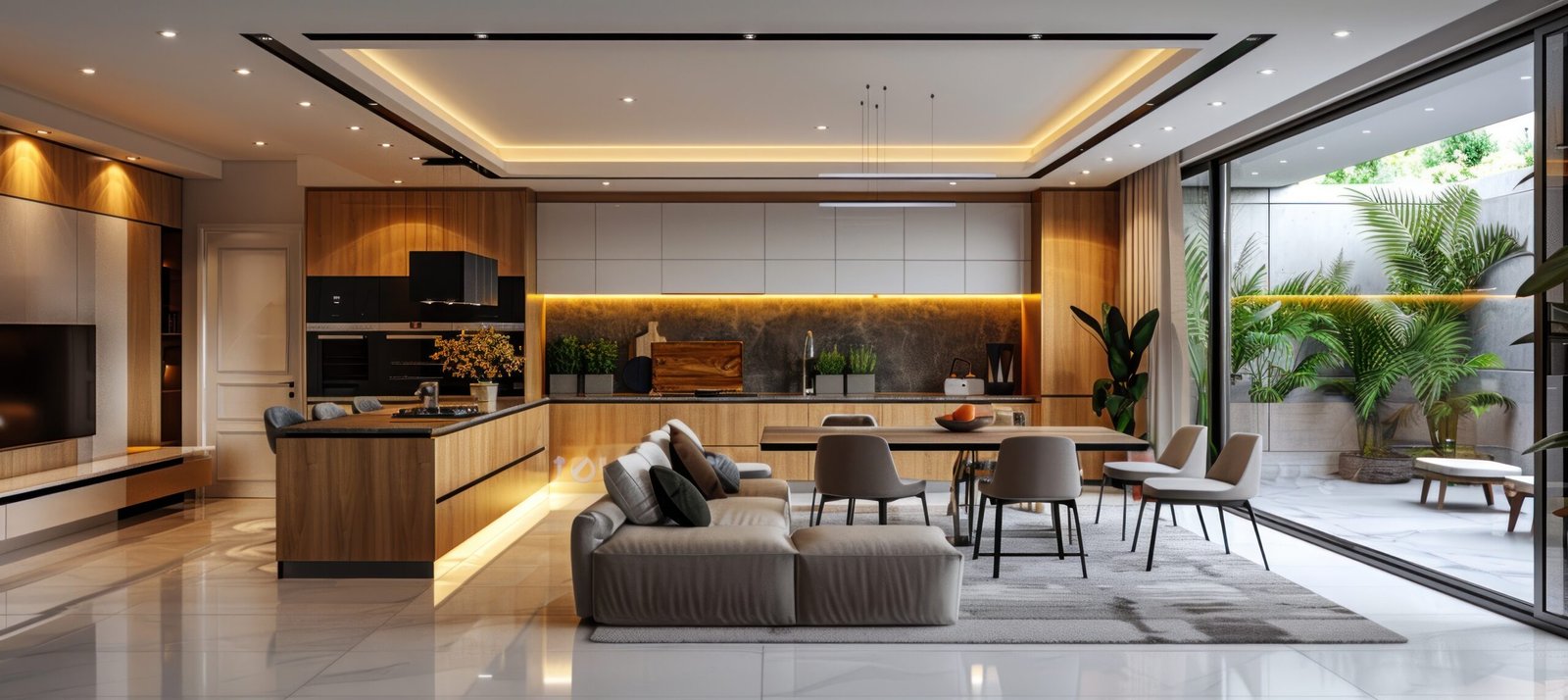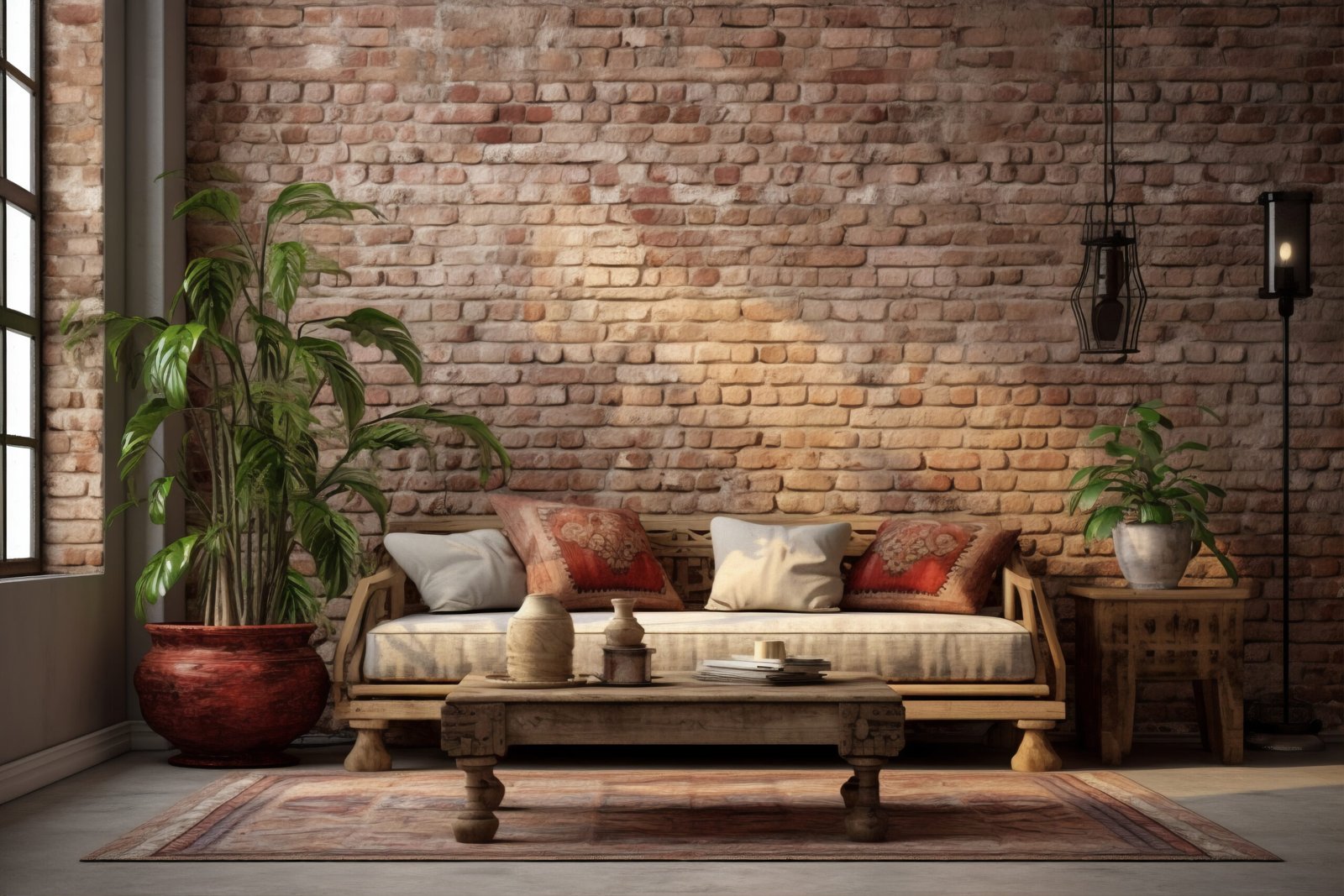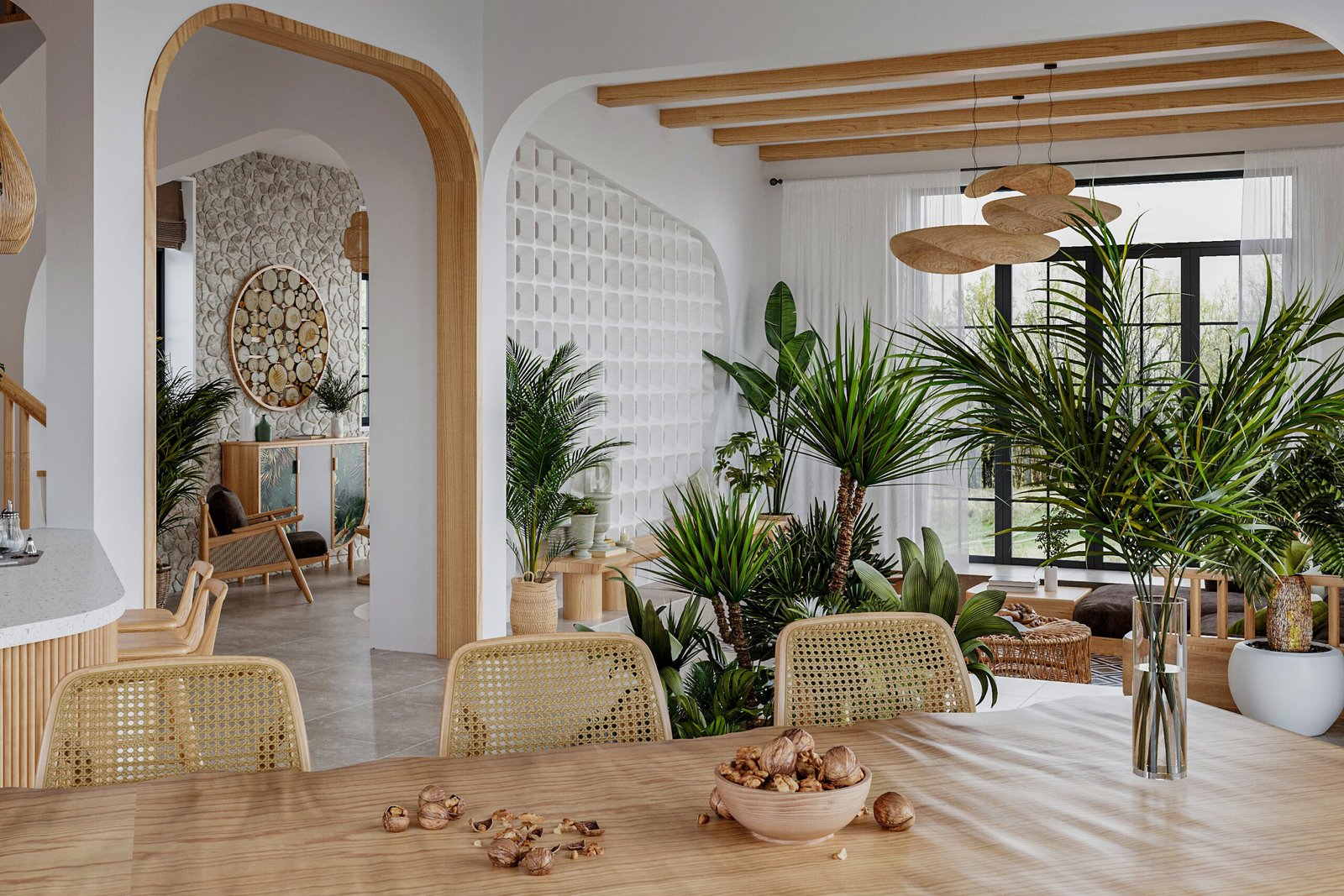As India steps into a new design era, interior design trends India 2025 point toward a richer, warmer, and more thoughtful aesthetic. Gone are the days of glossy excess; instead, homes now embrace tactility, climate responsiveness, and soulful layers. Expect natural materials, ambient lighting, and holistic strategies that make interiors feel alive, not just seen. In this blog, we’ll explore emerging trends, practical applications, and how Sparc Design integrates them to create homes that last.
The Return of Artisanal Detail
A noticeable shift is happening: interiors are opting for handcrafted detail over mass-produced embellishment. Textured walls, carved panels, hand-finished woods, and sculptural joinery are becoming central motifs. These craft-forward touches deliver character without clutter. This trend aligns with India home design trends, emphasising local identity, authenticity, and a sense of place. In practice, this means every door, niche, or skirting board becomes an opportunity to infuse personality.
Warm Palettes, Natural Materials & Biophilia
Colour palettes are leaning into gentle earth tones, muted terracotta, dusty rose, sage greens, and warm beiges. These tones complement timber, stone, jute, and terracotta finishes, creating visually rich, comforting backdrops. Interiors now often include living walls, planters, or natural light wells to connect dwellers with nature. In cities like Pune, sustainable interior design India also means using recycled wood, FSC-certified timber, and regionally sourced stone to reduce embodied carbon and create resilient interiors.
Lighting as Experience, Not Afterthought

Lighting is no longer simply functional or decorative; it’s expressive. Integrating layered ambient, accent, and task lighting with smart controls is central to interior design trends India 2025. Tunable white lights (warm to cool), circadian lighting, and lighting scenes that shift with time are gaining popularity. Designers also use lighting to highlight textures, sculpt forms, and cast dynamic shadows. In a bedroom, for instance, backlit alcoves or cove lighting can create a soft, enveloping aura rather than harsh overhead brightness.
Flexible & Multi-Functional Spaces
Homes have become multipurpose: work, living, learning, and relaxing must coexist. Thus, India home design trends include flexible furniture, sliding partitions, retractable elements, and multi-use zones. Kitchens open into living rooms but can be discreetly screened; reading nooks fold into daybeds; dining tables transform into workstations. The layout is less fixed and more choreographed, reflecting lifestyle fluidity.
Sustainability as Baseline
Sustainability is no longer optional; it’s foundational. In sustainable interior design India, strategies now weave into the concept, not retrofit. Designers prioritise passive cooling, cross-ventilation, rainwater harvesting, and daylighting. Materials are chosen for longevity and low toxicity, while systems like energy-efficient HVAC or LED lighting reduce operational load. Interiors are also designed for disassembly; doors, panels, and fixtures can be replaced or recycled over time.
Texture & Layering

Rich texture is one of the quietest ways to bring interiors alive. Rough plaster, hand-troweled walls, woven textiles, ribbed ceramics; these finishes provide visual and tactile contrast. When combined with the lighting strategies above, texture becomes dynamic, offering different impressions through daylight and shadow. In interior design trends India 2025, the emphasis is on layering: not overwhelming, but gentle interplay.
Spatial Flow & Connection
A seamless flow between indoors and outdoors is gaining prominence. Terraces, balconies, large sliding glass walls, and transitional courtyards integrate exterior greenery into daily life. Interiors are designed to breathe, mitigate urban intensity, and invite nature’s rhythms inside. This continuity of space is characteristic of designs that respond to climate, view, and context, a tenet gaining ground in Indian residences.
Sparc Design’s Interpretive Layer
At Sparc Design, we don’t follow trends; we interpret them to suit context, client, and climate. Our work embraces interior design trends India 2025 not as copy, but as guiding principles. In our projects, Aurum, Leher, and Lattice Home, you will see wood layered with stone, textured walls kissed by dynamic lighting, and rooms that flow into terraces. Each material, fixture, and spatial gesture is purpose-chosen.
Practical Tips for Designers & Homeowners
- Start with one material: Let timber or stone anchor your palette, then layer around it.
- Mix matte and shine: Use matte finishes to ground and gloss accents to catch light.
- Plan lighting early: Design architecture and ceiling elements to conceal fixtures elegantly.
- Allow for change: Use modular elements you can reconfigure over time.
- Test in situ: Always view texture, colour, and light together in real conditions.
Conclusion
These interior design trends India 2025 signal a move toward depth, meaning, and tactile intelligence. Homes will evoke comfort, be adaptable, and respect resource limits—all without sacrificing elegance. Context, craft, and purpose will define next-generation living as much as form and colour. When these trends are woven thoughtfully, we don’t just build houses—we create interiors that belong to their time and endure for years.
Frequently Asked Questions (FAQs)
Q1. What are the key interior design trends India 2025 will showcase?
Interior design trends in India 2025 highlight a blend of minimalism, natural materials, smart technology, and biophilic elements. Homes are shifting toward functional luxury, spaces that balance modern aesthetics with comfort, personalisation, and sustainability for long-term relevance.
Q2. How is sustainable interior design India influencing modern homes?
Sustainable interior design in India focuses on eco-conscious choices, including the use of recycled materials, energy-efficient lighting, water-saving fixtures, and natural ventilation. These practices create healthier spaces while reducing environmental impact, proving that design can be both stylish and responsible.
Q3. What defines India home design trends for the coming years?
India’s home design trends emphasise cultural authenticity blended with contemporary living. Expect earthy palettes, multifunctional furniture, artisanal craftsmanship, and technology-driven solutions that cater to evolving lifestyles while retaining India’s deep-rooted sense of warmth and identity.
Q4. Why choose Sparc Design for trend-forward homes?
Sparc Design blends timeless craftsmanship with innovation, ensuring every home reflects global trends while remaining contextually rooted. Their expertise in curating spaces ensures that you don’t just follow design fads; you invest in interiors that age gracefully over time.
Q5. How does Sparc Design integrate sustainability with style?
Sparc Design integrates sustainability seamlessly using local materials, passive cooling techniques, and efficient layouts while maintaining aesthetic excellence. Their approach proves that sustainable interior design India can be luxurious, soulful, and perfectly suited to modern urban living.


